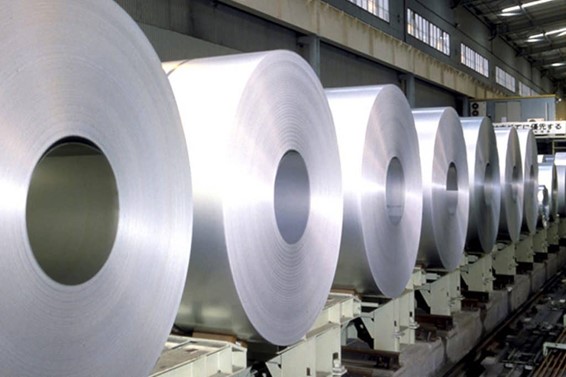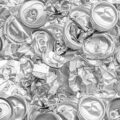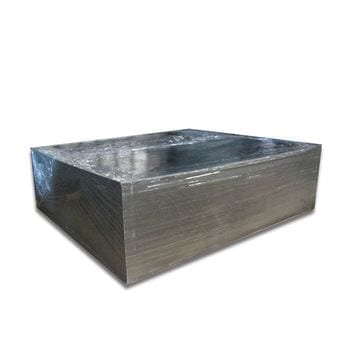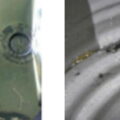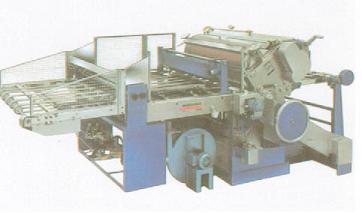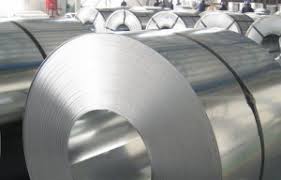Substances that can cause corrosion in tinplate food cans include:
- Food acids: Acids present in foods such as tomatoes can cause electrochemical corrosion at room temperature in the presence of an electrolyte.
- Corrosion accelerators: Chemical compounds that can increase the rate of a corrosion reaction, such as certain chemical moieties with the ability to accept electrons.
- Sulfur compounds: Present in some foods, these compounds can react with tin and form layers of tin sulfides, reducing the passivity of the metal surface.
- Dissolved oxygen: Present in sterilization water or container cooling equipment, can cause corrosion.
- Copper and nickel residues: These residues can promote pitting corrosion in tinplate.
- Ferritic contamination of Sn: The presence of Fe oxides can cause widespread pitting attack and formation of galvanic micro-pairs.
- Chlorides (Cl-): They can come from labels, separators, cartons and boxes, and have the ability to cause corrosion.
- Sulfates (SO4-2): Can cause localized corrosion in unprotected parts and enhance the effect of chlorides by accelerating corrosion.
- Alkaline cleaning additives: They can alter the varnish in large areas of the surface of the container.
- Humidity: Humidity during storage can promote corrosion.
These are some of the factors that can influence the corrosion of tinplate.

